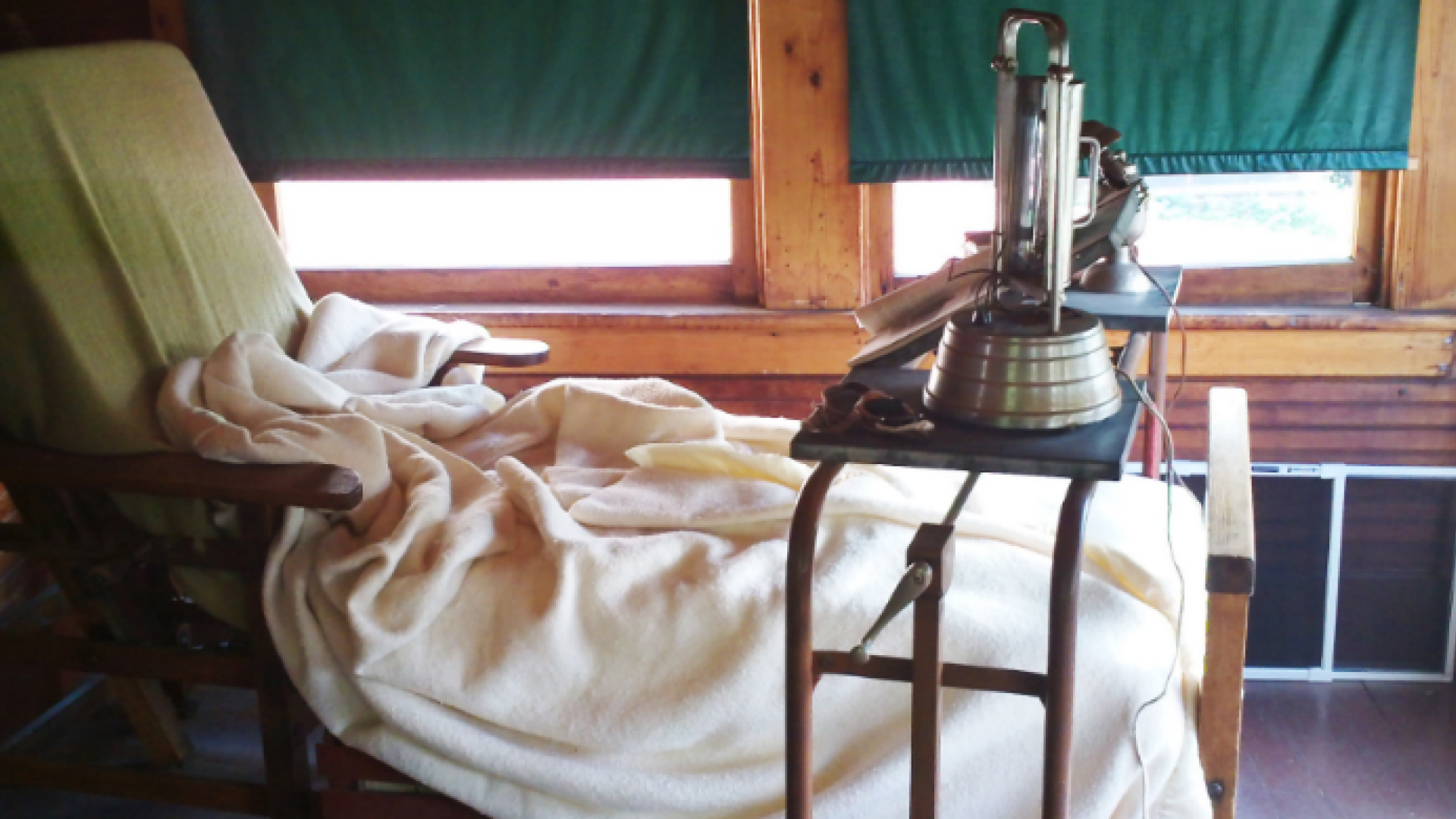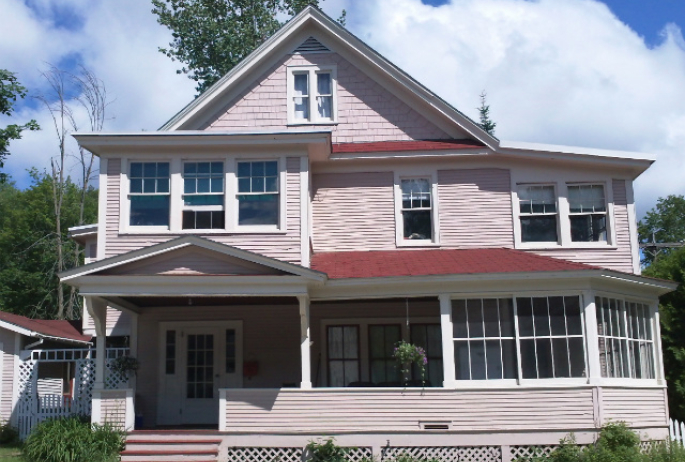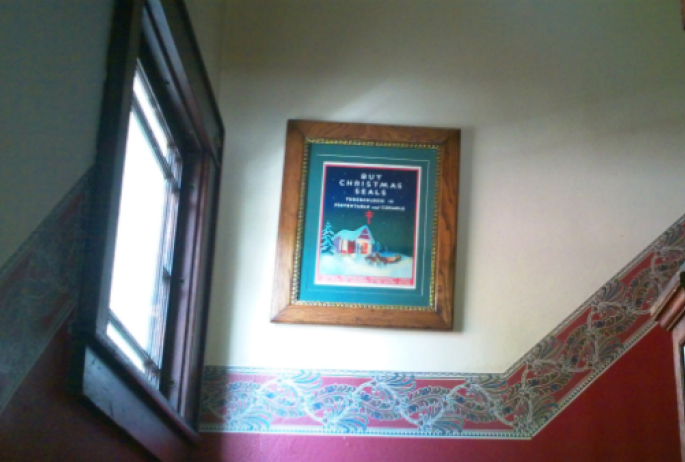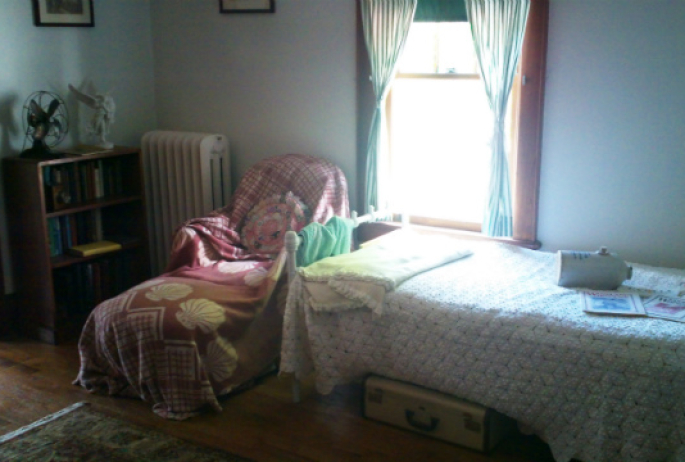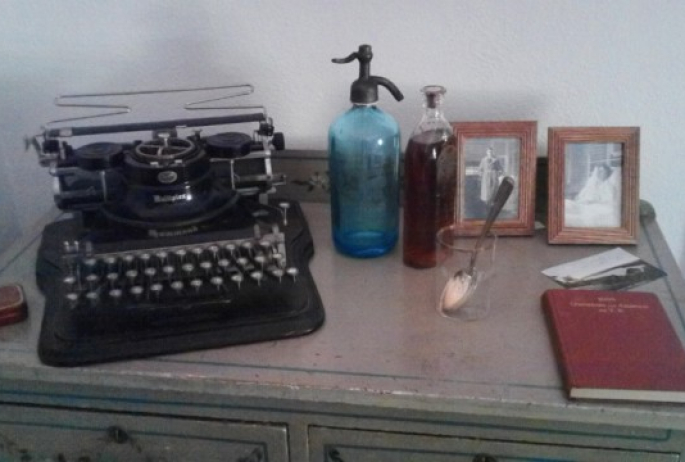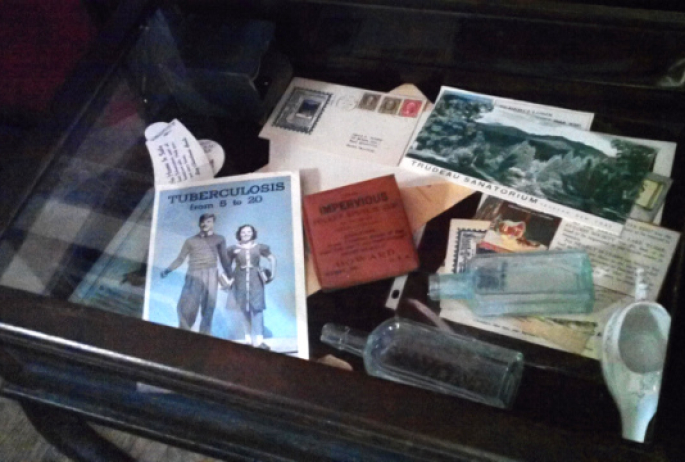Saranac Lake has an extraordinary place in its history, tucked between the lumbering and ice harvesting of its earliest times to the lure of its gorgeous scenery in the present. At the turn of the 20th Century, it was a world-famous center for tuberculosis care (known as Taking the Cure) and research.
While there were many local sanatoriums, some people were able to “take the cure” in a private home. To meet demand, many of Saranac Lake's homeowners converted their dwellings into Cure Cottages. This distinctive style of architecture featured rooms and porches with wall-to-wall sliding glass windows. Exposure to fresh air and sunshine, regardless of weather, was a key element of Taking the Cure.
Take the Tour
Historic Saranac Lake organizes tours of many of these historic buildings, at the courtesy of the owner. One beautiful summer day, a volunteer took us back in time.
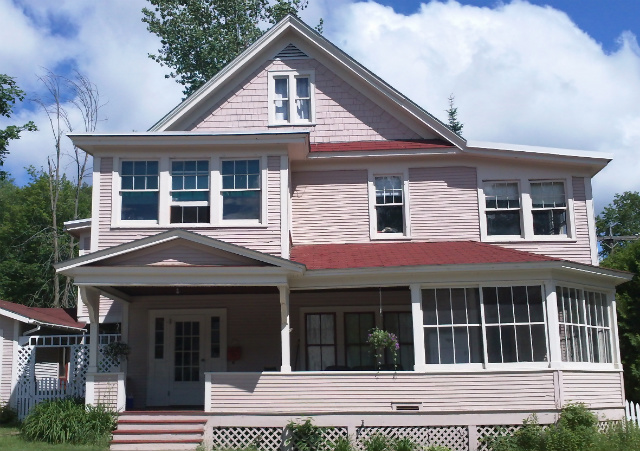
At the height of need, half of all Saranac Lake residences were caring for tuberculosis patients. In the early days, this was as simple as providing meals, housekeeping, and porch space for patients. But as the treatment was studied and refined, doctors collaborated with architects to develop the elements which had proven themselves to be important to the patient's progress. Windows were expanded and screened, railings were solidified to block the wind, and doors were widened to allow patients in all stages of mobility to go in and out of doors as needed.
Adirondack Recliner = The Cure Chair
Once established with proper facilities, proprietors then listed themselves in the Tuberculosis Directory, maintained by the National Tuberculosis Association. They would follow the patient handbook, "Rules for Recovery from Tuberculosis," which had been written by Dr. Lawrason Brown, and first published in 1915. He was a resident physician with Trudeau Sanatorium who developed the laboratories, modernized the records system, and designed the Adirondack Recliner, also known as a Cure chair, based on a sanatorium chair from Germany. (As seen above.) This special chair had wheels so the patient could be easily moved from their bed to the cure porch, a reclining back so they could sit up without exerting themselves, and wide arms to rest essentials upon.
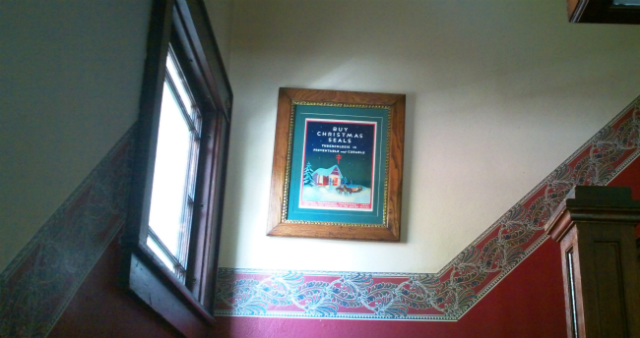
It was a momentous step to embark upon The Cure. While it held the only hope of recovery, it meant confinement to bed, and then a Cure chair, for months to years. Their progress depended on how they responded, how strictly they followed the regimen, and how much they could contribute with their own efforts and attitude. It must have been difficult to go up these stairs... and not know when you would next come down them.
Dr. Trudeau and the Sanatoriums
Dr. Trudeau managed large "sans," as the sanatoriums for TB were known, but he preferred his patients to have the most exposure to light and air as they possibly could. He felt a cottage-like structure would better meet this requirement, and provide for more focused sanitation, as well as more personalized care.
So his philosophy became reflected in the way the town built, and created, a "cottage" atmosphere. This was much more supportive of the essential Cure elements; fresh air no matter the weather, a highly nutritous diet, much rest before carefully paced exercise, and cultivating a Positive Attitude.
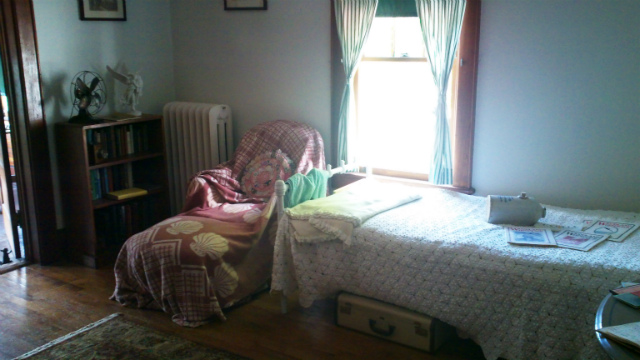
The Pig
This room on the second floor has been left as it would have been during Saranac Lake's Curing era. The ceramic jug in the middle of the bed is known as a "pig" and would have been filled with hot water at bedtime. This would keep feet warm during those cold nights... when the windows were open.
Rest and Relax
Rest was essential, especially at first. Temperatures were taken several times a day and dictated what activities and exercise the patient would be allowed to do that day. Since enforced idleness was so crucial to the Cure, patients turned to reading, writing letters and limericks, puzzles, board games, and of course, socializing.
The Winter Carnival
At the time, tuberculosis patients were often shunned in the rest of the world, due to fear of infection. But Saranac Lake, with so much of the population being medical professionals, and so many of the townspeople following the Curing procedures, was known as a place where this did not happen. With strict public rules like "no spitting on the sidewalk" and stringent cleaning, antiseptic, and disposal procedures, the transmission of tuberculosis was a very rare event. This led to cooperative, and on-the-mend, patients being able to visit with friends and each other, go on boat and sleigh rides, and ultimately led to a mid-winter event known as the Winter Carnival.
Patients from show business stayed at the Will Rogers Memorial Hospital and contributed their talents in skit and song. There were cure cottages for circus people, employees of particular companies, for cultural groups, and kosher cure cottages for people of the Jewish faith. Doctors, factory workers, architects, seamstresses, composers, and painters; they all came to Cure. Wherever they might have come from, and whatever walk of life they once knew, many fell in love with each other, and with Saranac Lake. At the end of their Cure, they stayed.
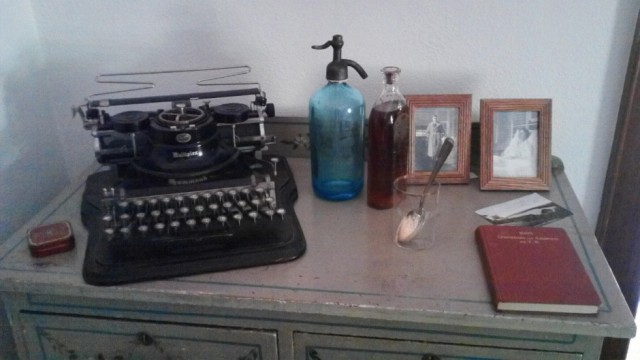
The First Diagnostic Laboratory Test
To put the early 1900's into medical perspective: it was 1847 when the radical concept of doctors washing their hands was proposed, but still not widely adopted until the 1870s. An explosion of medical advancement came with the delicate microscope work of Robert Koch, whose famous 1882 lecture on the discovery of the tuberculosis bacterium electrified the medical and scientific worlds. This was the first diagnostic laboratory test in history.
It led to reliable sorting of actual tuberculosis patients from those suffering from some other disease, recognized precautions to help halt its spread, and a better understanding of the conditions which helped it thrive. But despite the best efforts of scientists around the world, a drug treatment of any kind continued to elude researchers until the discovery of the antibiotic streptomycin in 1944. By the mid-1950's, the sanatoriums had emptied.
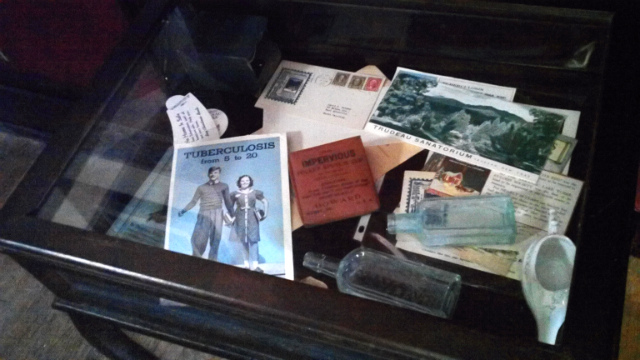
From our perspective, it is difficult to understand an illness which was both so widespread, and so deadly. Upheavals like World War I or even natural disasters would lead to a wave of of new tuberculosis cases from the stress, dust, and poor conditions which followed. Public health codes flowed from the necessity to keep infection at bay, and New York City would model its own regulations on those of Saranac Lake.
From air shafts in apartment buildings to pasteurization of milk to prevent infection from passing from cows to children, the struggle against this disease has shaped our modern world in ways we might not realize. The search for a substance that would kill the bacillus fueled many cures for other diseases before one for tuberculosis was discovered. The struggle had helped create antiseptic practices, laboratory testing, public health departments, sanitarium treatment, and innovations to charity fundraising, home architecture, and modern city planning.
Saranac Lake was proud to be a model of a caring, and curing, community. These echoes are still felt today.
Check our events calendar for upcoming tours and historic activities. Explore our Historic Downtown with dining, art galleries, and the Laboratory Museum. Take the local hike known as The Pines, a system of trails through the woods which remains a living memorial to Dr. Lawrason Brown.
